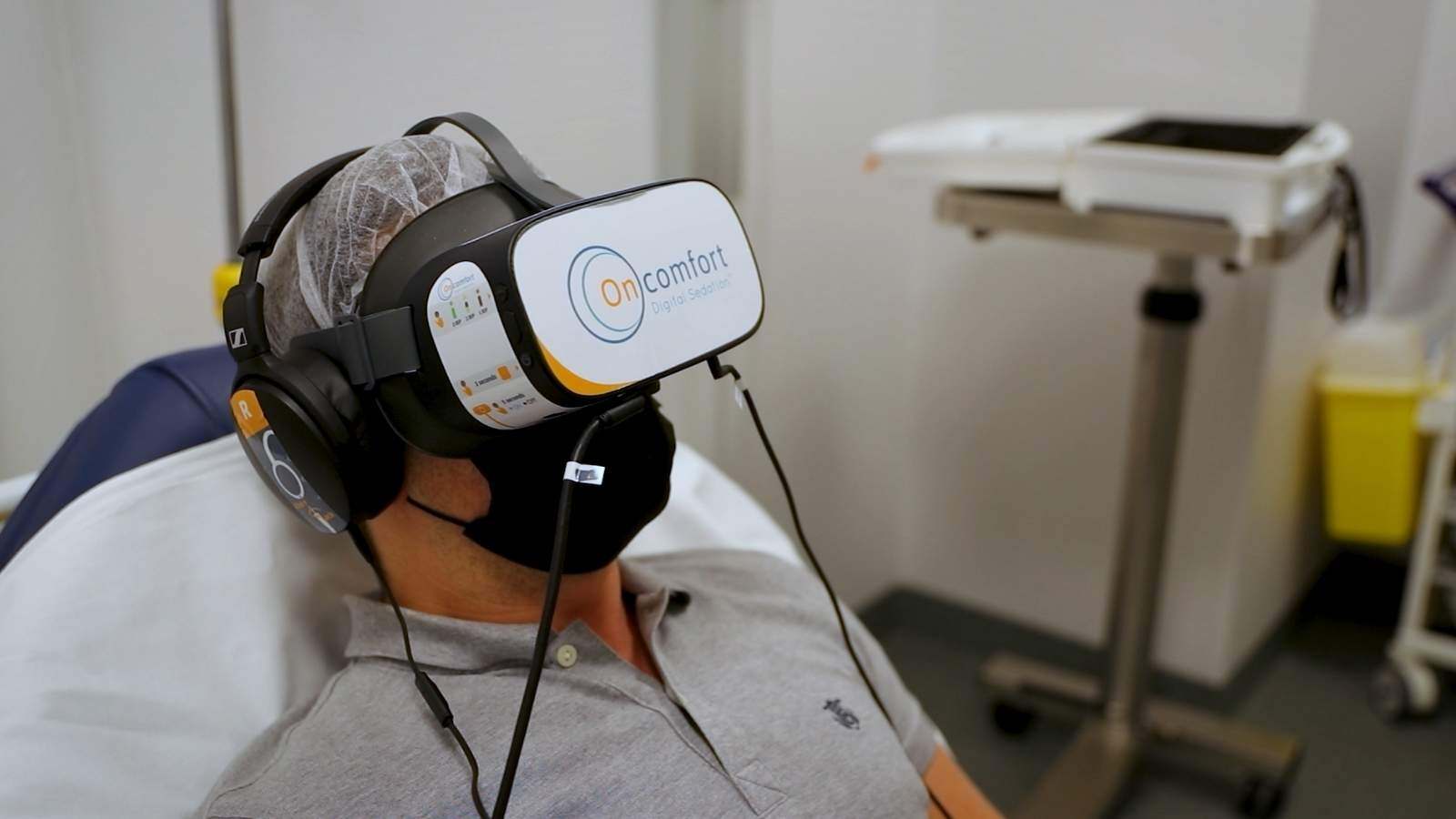In today’s globalized and highly regulated supply chain, keeping pharmaceutical products safe and maintaining their integrity from the manufacturer to the end consumer is more important than ever. After all, in the pharmaceutical industry, product safety and efficacy directly impact public health.
Therefore, adhering to Good Distribution Practices (GDP) is required to ensure products maintain their integrity throughout the supply chain. However, GDP alone isn’t enough. To safeguard product quality and compliance, integrating Quality Risk Management (QRM) into distribution strategies is key.
In the sections below, we’ll break down the key principles of GDP, including essential guidelines for storage, handling, and traceability. Then, we’ll explore how QRM enhances these practices by helping companies anticipate and mitigate risks throughout the distribution process.
By combining GDP with a strong risk management approach, pharmaceutical companies can ensure compliance, maintain product integrity, and protect public health.
What are Good Distribution Practices (GDP)?
Good Distribution Practices (GDP) are guidelines and best practices designed to ensure that pharmaceutical products are stored, handled, and transported under conditions that preserve their quality, integrity, and safety. These standards prevent improper handling, storage or transportation, which could compromise product effectiveness, safety, or regulatory compliance.
Key components of Good Distribution Practices (GDP)
GDP helps maintain the integrity and safety of products throughout the distribution process, from manufacturing to the end consumer, by ensuring the following key components are properly managed:
- Storage and handling – Ensuring products are kept in optimal conditions (e.g., temperature, humidity) to maintain quality.
- Traceability – Having systems in place to track and trace products through every stage of distribution.
- Personnel training – Ensuring staff involved in the distribution are trained in GDP guidelines and regulatory compliance.
- Good Documentation Practices – Maintaining accurate records at every stage of distribution.
- Security– Preventing contamination, theft, or product diversion.
While GDP provides the foundation for safe distribution, the dynamic nature of the distribution process requires a more proactive approach to identifying and managing risks.
This is where Quality Risk Management (QRM) plays a crucial role. QRM works hand in hand with GDP, providing a framework for assessing potential risks and implementing measures to mitigate them.
By integrating QRM with GDP, companies not only ensure that products are distributed under optimal conditions but also identify and address new risks that might compromise product quality. This combination of guidelines and proactive risk management helps safeguard both the products and the patients who rely on them.
What is Quality Risk Management (QRM)?
The ICH Q9, the leading guideline in the industry, defines QRM as:
“The systematic process for the assessment, control, communication, and review of risks to the quality of the drug product across the product lifecycle.”
In the context of pharmaceutical distribution, QRM aims to identify potential risks in the supply chain such as:
- Poor storage conditions
- Transit delays or disruptions
- Human error
- Regulatory non-compliance
By implementing risk-based controls, pharmaceutical companies can minimize or mitigate these risks and ensure compliance with industry requirements.
Key principles of QRM in pharmaceutical distribution
QRM follows a structured process based on the ICH Q9 guideline, which includes five main stages. We cover each stage within the framework of GDP:
1. Risk identification
The first step in QRM is defining the risk question and scope that could impact product quality, safety, or efficacy during the distribution process.
In the context of GDP, risk identification might involve:
- Transportation conditions (e.g., delays, temperature fluctuations)
- Storage and warehouse conditions (e.g., inadequate warehouse conditions)
- Supplier and distributor qualifications
- Potential for product diversion or theft
2. Risk assessment
Once risks are identified, the next step is assessing the severity and likelihood of these risks. The goal of the risk assessment is to organize information that supports the risk decision being made.
Not all risks are equal, and some may have a more significant impact on product quality or patient safety than others. By conducting a risk assessment, actions are prioritized based on the potential impact of each risk.
For instance, temperature-sensitive drugs may have a higher risk associated with poor temperature control during distribution compared to products that are less sensitive to environmental conditions. In such cases, risk assessments will guide companies in putting more stringent controls in place for those products.
3. Risk control
Now that companies have a clear picture of the potential risks and their impact, it’s time to tackle them head-on. This is where risk control strategies come into play.
The key questions to ask at this stage of the QRM process are: What steps can we take to reduce, control, or even eliminate these risks? And just as important: Is the risk acceptable as it is, or do we need to take further action?
This could involve:
- Implementing temperature monitoring systems: Especially for sensitive products like vaccines or other biologics.
- Changing packaging materials: When certain materials no longer suit the need of the specific route, it may be necessary to change the packaging configuration to adjust to a changing route or even a season.
- Supplier and distributor qualification programs: Ensuring that all parties involved in the distribution chain adhere to GDP and are not only able to manage quality risks but also actively continue to review them and take action.
- Developing contingency plans: For unforeseen delays or disruptions that may impact product safety and quality, such as backup transport options or alternate storage facilities.
4. Risk communication
Effective risk management relies on transparent communication between all stakeholders, including:
- Internal teams (supply chain managers, QA teams)
- External partners (suppliers, logistics providers, regulatory authorities)
Depending on the output it may also be necessary to inform regulators, patients, or industry stakeholders of these conclusions and risk acceptance or mitigation actions.
5. Risk review
QRM is not a one-time effort, it requires continuous monitoring and improvement. By continuously evaluating the risk management process, risk reviews ensure companies can identify areas for improvement and make necessary adjustments to existing control measures.
This can be done by:
- Periodic audits
- Evaluating incident reports
- Trend analysis
- Stakeholder feedback collection
Conclusion: the combined power of GDP and QRM
Good Distribution Practices (GDP) and Quality Risk Management (QRM) go hand in hand to maintain product integrity in pharmaceutical distribution. In an era where supply chains are more complex than ever, companies must adopt both frameworks to ensure regulatory compliance and protect patient safety.
By identifying risks, assessing their impact, mitigating potential hazards, and continuously reviewing processes, pharmaceutical companies can maintain the highest standards of product quality and distribution safety.
Need help with risk assessments or distribution compliance?
Our experts specialize in pharmaceutical risk management and GDP compliance. Whether you need risk assessments, supply chain audits, or distribution strategy support, we’re here to help.
Get in touch today and safeguard your pharmaceutical distribution process!
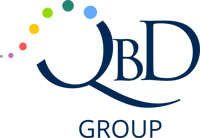

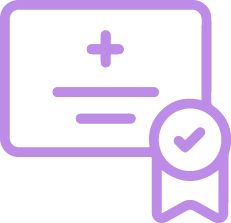
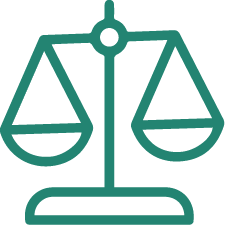
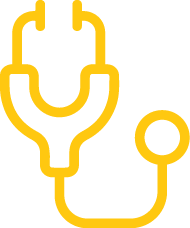
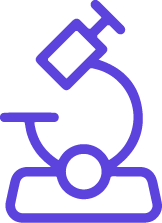
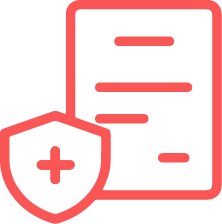
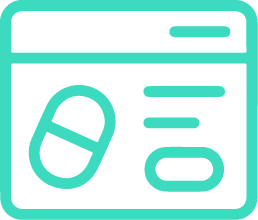





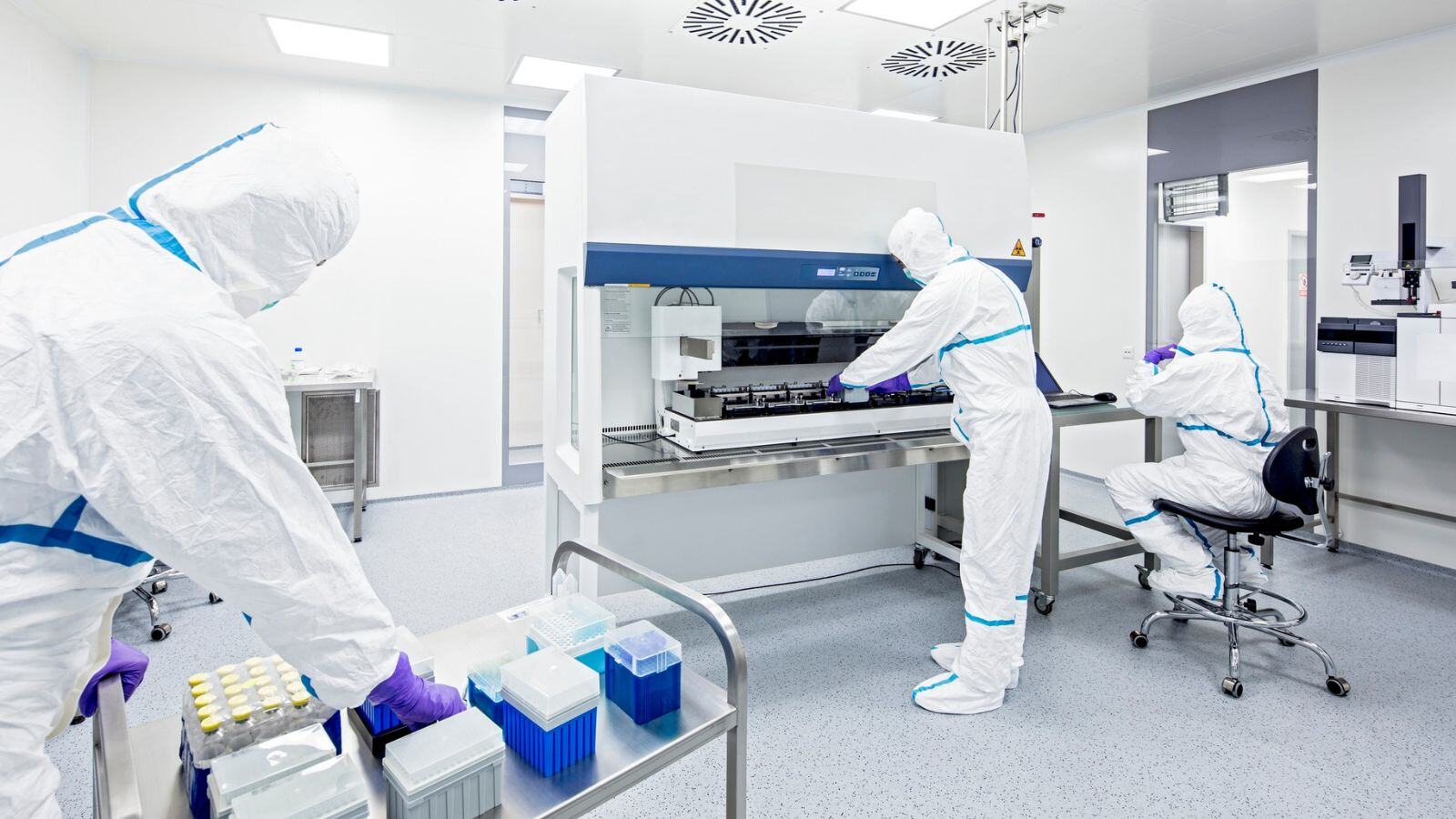
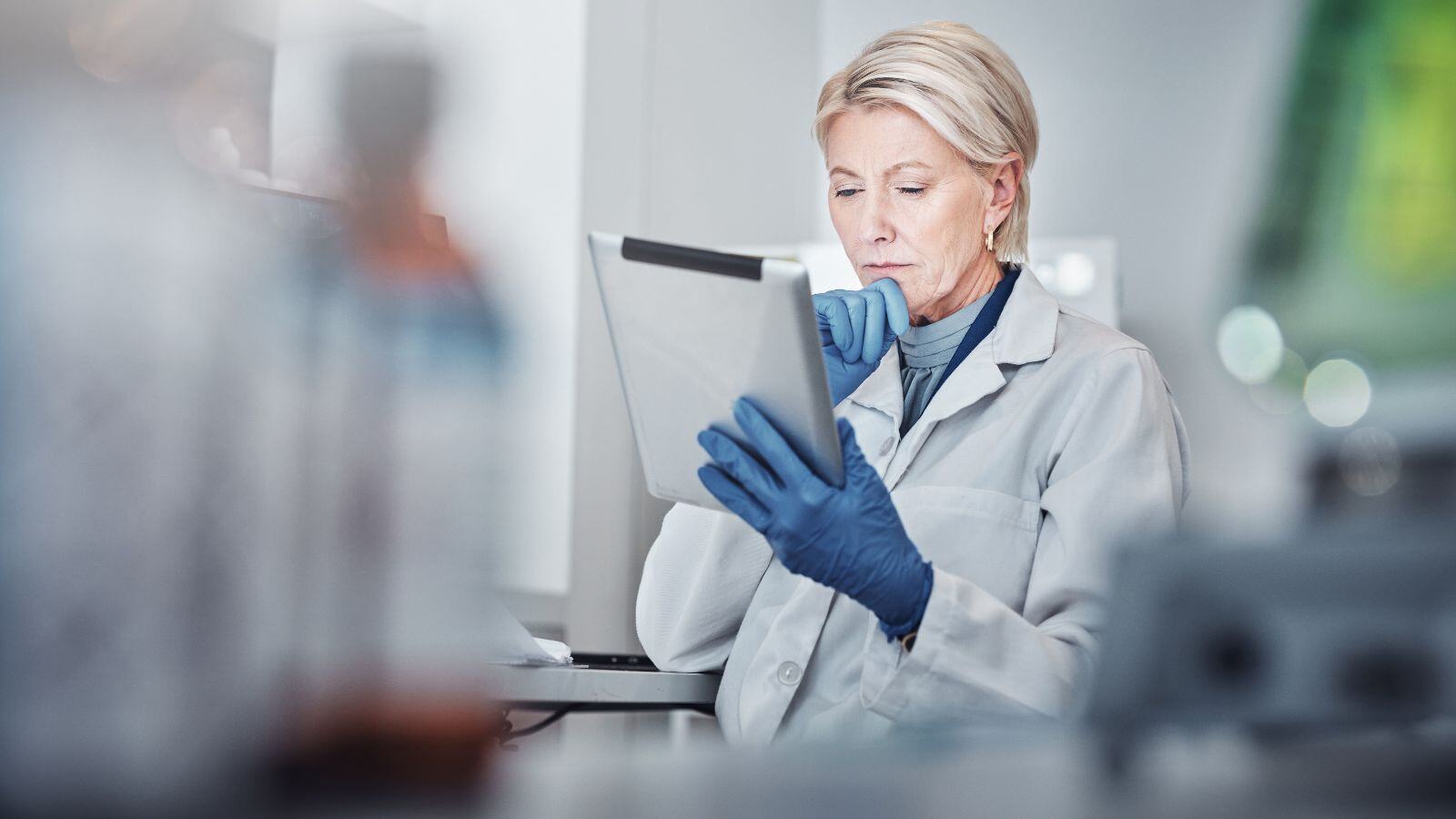


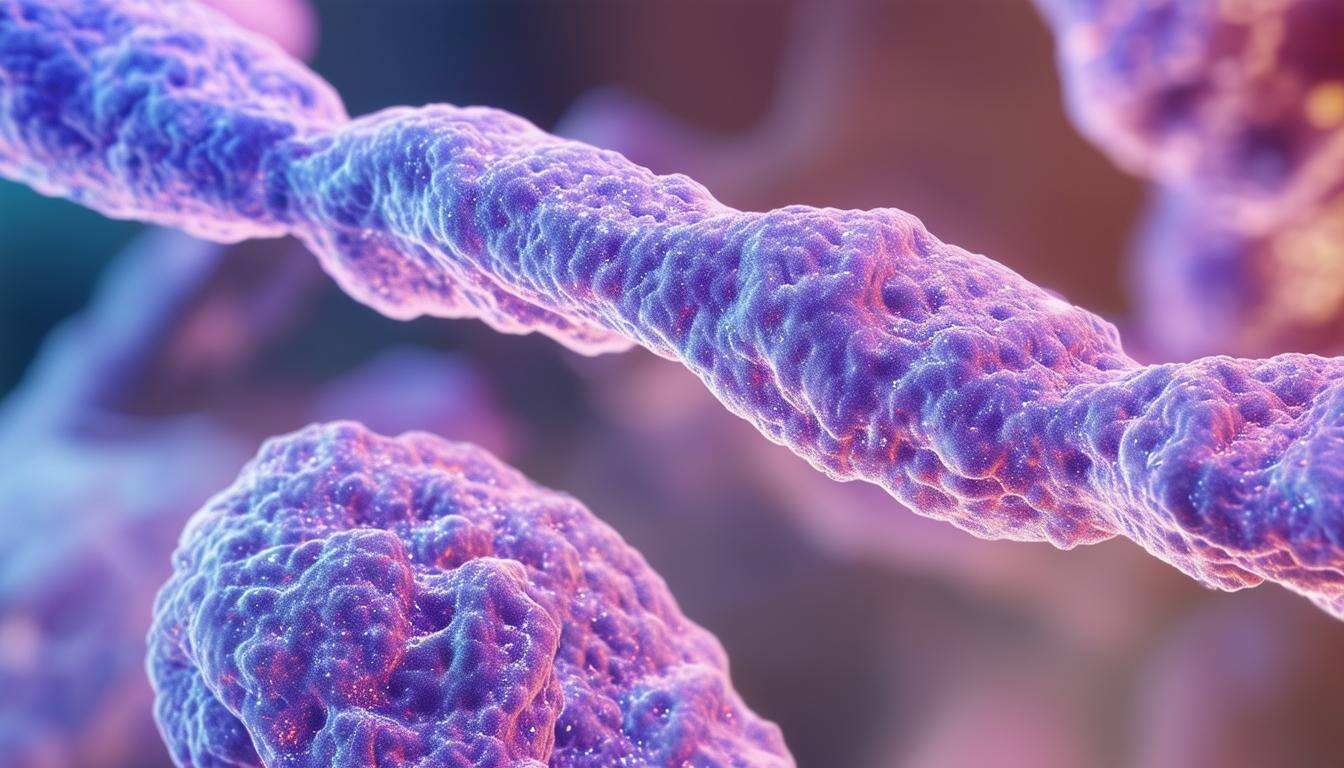
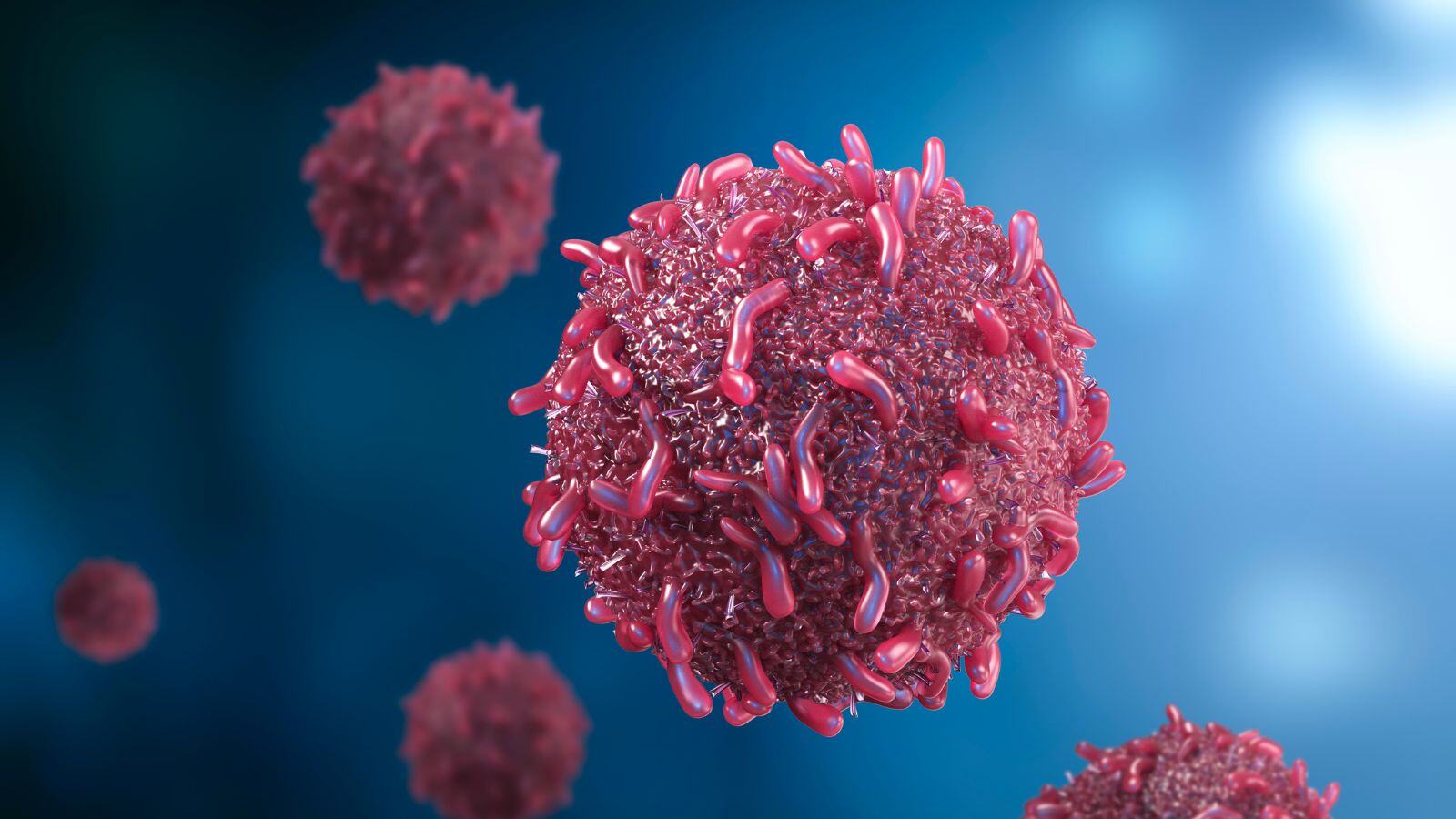
.png)
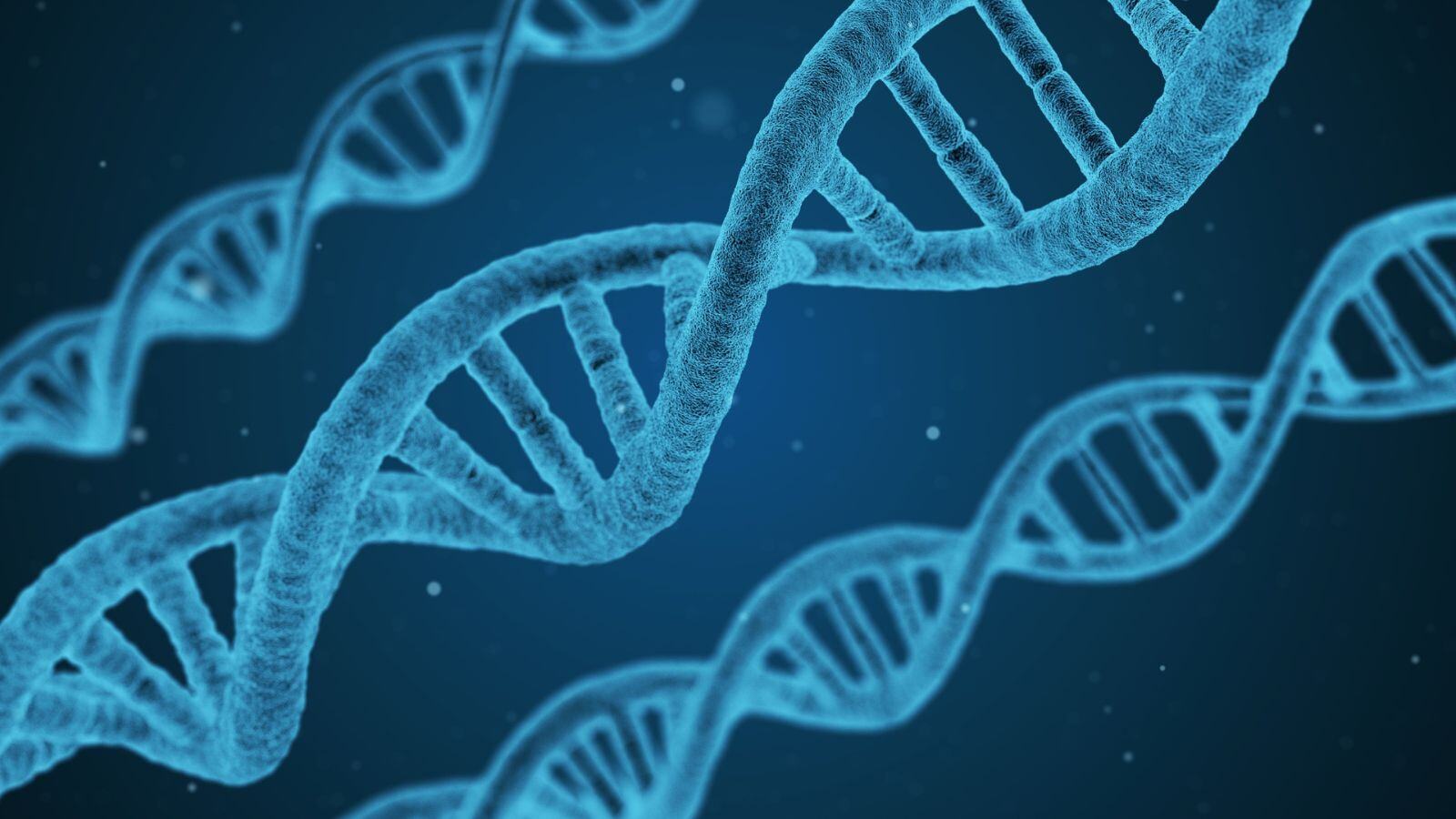
.jpg)
